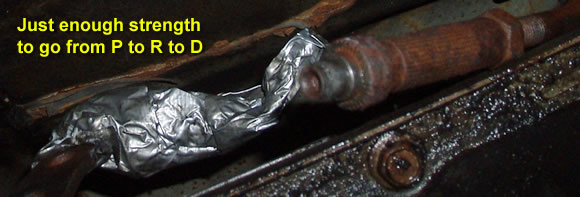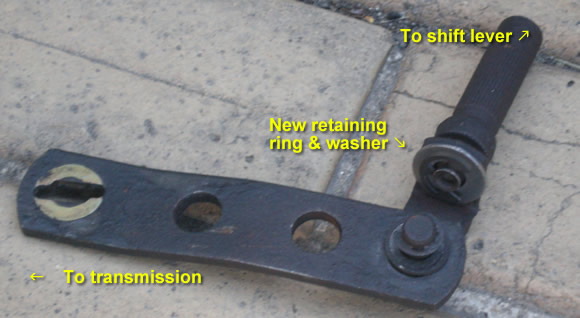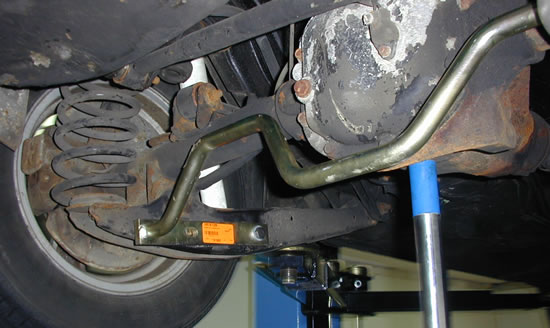I’m currently reading Matthew Crawford’s great book “Shop Class as Soulcraft: An Inquiry Into the Value of Work” and it’s making a good compliment to Doug Rushkoff’s Life Inc. While Rushkoff laments how our market-oriented culture disconnects us from the people and things in our everyday lives, Crawford goes beyond this by examining how engagement with the way things actually work can help us grow morally, spiritually and intellectually.
It’s been eye-opening for me to discover the joy of diagnosing and fixing my car. While budget considerations guided the purchase and maintenence of my 240, the satisfaction of repairing and enhancing the 17 year old vehicle make it more than just transportation. There’s a connection that comes from listening, feeling and problem solving that just isn’t there when the car becomes a mysterious appliance that can only be serviced by professionals.
Crawford speaks of the frustration of a car owner who brings his vehicle to the dealer for a repair and is informed that it just isn’t worth fixing. He’s unable to get to the nitty-gritty of the situation, because he’s being informed of the problem not by the mechanic, but by a “service representative”, another step of removal from the reality of the car’s problems. Crawford goes on to lament the feelings of impotence that arise from our inability to understand the workings of our machines, all in the name of the supposed freedom from worrying about how these machines work.
He brings up a great example of a Mercedes that doesn’t have a dipstick. Instead, when the car is low on oil a message appears on-screen: “Service Required”. While the car still has the basic, mechanical need of engine lubrication, the owner is divorced from this reality, and the simple process of adding oil becomes a trip to the corporate dealer to repair a mysterious ailment.
You can see an interview Matthew Crawford did on the Colbert Report, but you can get a better sense of his work by reading his feature in the New York Times Magazine.




